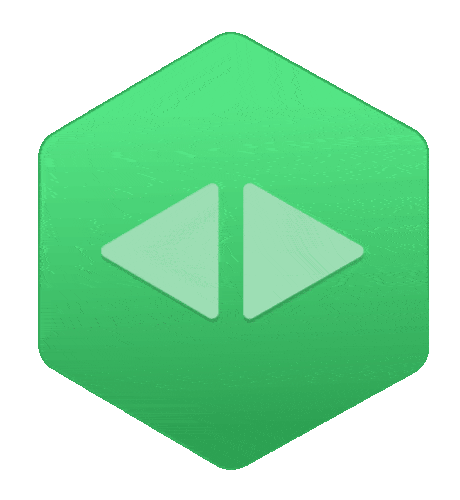In a time, when there is a boom in both IT as well as the industrial sector all across the globe, data science is helping enormously to analyse and manage massive data and generate insights, resulting in profit appreciation for the companies. At the same time, it has become a strenuous task for all to handle and manage such massive data. Questions, such as which tool to use for data analysis, which one is better than the other, which tool can make up for all your data analysis requirements haunts data scientists since a long time now. So, in this post from Quarks, we will tell you about the best data analytics tools for data scientists.
Tableau
When it comes to the best data analytics tools for data scientist, Tableau is unargumentably a great data visualisation tool that is mostly used in business intelligence. It is a powerful, flexible, secure and the best data analytics tools for data scientists. With the help of Tableau, the data scientist can arrange raw data into logical formats without requiring much technical skills and coding familiarity. One of the most important features of Tableau is the ease to interface it with spreadsheets, databases and OLAP (Online Analytical Processing) cubes.
Why Pick Tableau?
Ease to integrate with scripting languages
Interactive visualisation
Capacity to handle plentiful amount of data
Apache Hadoop
Are you looking for the best data analytics tools for data scientists that is free as well as is an open-source framework? Well, your search ends here with Apache Hadoop. It is best suited for the processing of massive datasets and distributed storage. Apart from this, it provides services for governance, operations, data access and security. Apache Hadoop is one the most highly scalable platforms which are able to handle, analyzes and stores data at a petabyte-scale.
Why Pick Apache Hadoop?
It is highly flexible
It is an open-source framework
It is affordable
MATLAB
MATLAB is another best data analytics tools for data scientists and is widely used for creating models, developing algorithms and analysing data. It is one such tool that is commonly utilised by IT and engineering teams to help them in big data analytics processes. MATLAB is a high-performance language that integrates visualization, computation and programming in a numerical computing environment, where a problem and its solution is articulated in a recognised mathematical notation. From image processing and data cleaning to deep learning algorithms, data scientists can use MATLAB to address most of their problems.
Why Pick MATLAB?
Powerful graphics library
Easy integration
Process complex mathematical problems
Apache Spark
Apache Spark is one of the best data analytics tools for data scientists that not just supports stream processing but can also be used for large SQL and batch processing. Like Apache Hadoop, Apache Spark is also an open-source platform which offers more than 80 high-level operators that make it easy to build parallel apps. Another best part about using Apache Spark as data analytics tools for data scientists is the fact that it can be used interactively from Python, Scala, R, and SQL shells.
Why Pick Apache Spark?
It provides unified solutions
Easy-to-use APIs
Data processing engine
It can integrate with Hadoop
 Blog
Blog

 Vaibhav Srivastava
Vaibhav Srivastava  24 January 2020
24 January 2020







